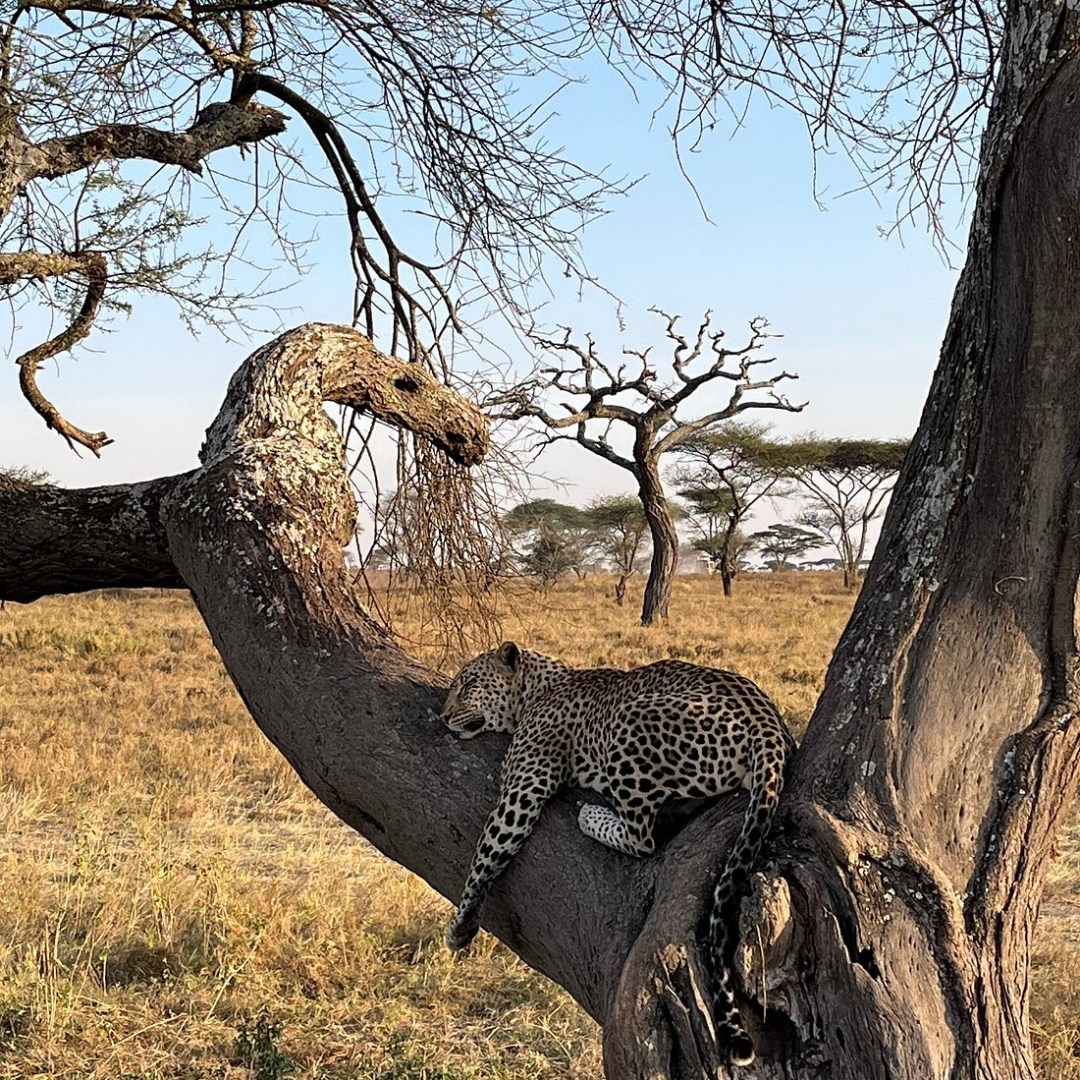
Serengeti National Park
Serengeti National Park is a UNESCO World Heritage site and one of the most renowned wildlife destinations in the world. Located in northern Tanzania, it spans over 14,000 square kilometers and is celebrated for its incredible landscapes, including vast savannahs, woodlands, and river systems. Serengeti is a must-visit for safari enthusiasts, offering rich biodiversity and spectacular wildlife encounters. It is especially famous for the Great Migration, a natural wonder where millions of wildebeest, zebras, and gazelles traverse the park in search of fresh grazing lands.
Wildlife
The Serengeti is home to the iconic Big Five—lion, leopard, elephant, buffalo, and rhino—as well as an abundance of other wildlife. You’ll encounter cheetahs, giraffes, zebras, wildebeests, gazelles, and hippos, along with a variety of predators like hyenas, jackals, and wild dogs. Serengeti offers diverse ecosystems where each species thrives, making it a top choice for wildlife safaris.
Birds
Serengeti is also a paradise for birdwatchers, with over 500 species recorded. From the colorful lilac-breasted roller to the majestic vultures, ostriches, and cranes, the park offers incredible birdwatching opportunities. Migratory birds and endemic species, like the white-headed vulture and the Fischer’s lovebird, can be spotted throughout the year.
Best Time to Visit
The best time to visit Serengeti depends on the type of experience you're seeking. For the Great Migration, the ideal time is from December to July when millions of wildebeests and zebras cross the park. For year-round wildlife viewing, June to October offers the best opportunity to see predators and other animals congregating around water sources during the dry season.
Weather & Climate
Serengeti experiences a tropical climate, with distinct wet and dry seasons. The dry season (June to October) is the most popular time to visit, with lower rainfall and excellent visibility for game drives. The wet season (November to May) brings lush greenery and fewer tourists, offering a more tranquil experience. However, some roads can be difficult to navigate during heavy rains in the peak of the wet season (March and April). Temperatures typically range from 20°C to 30°C (68°F to 86°F), with cooler nights in higher altitudes.

